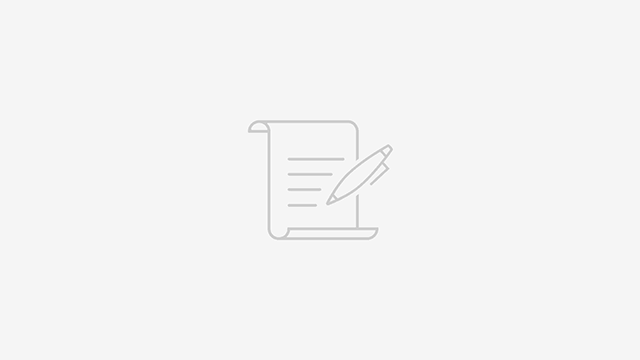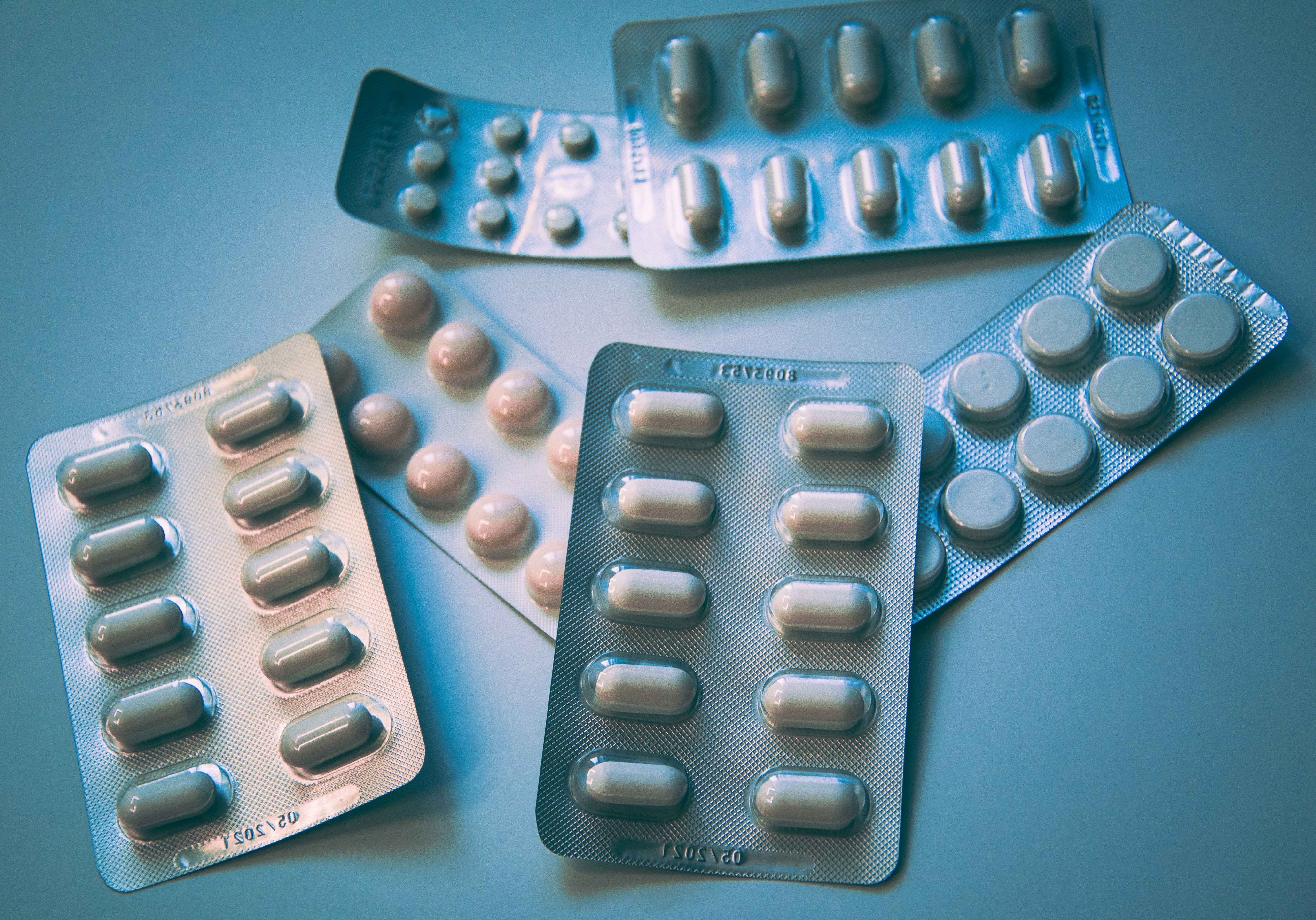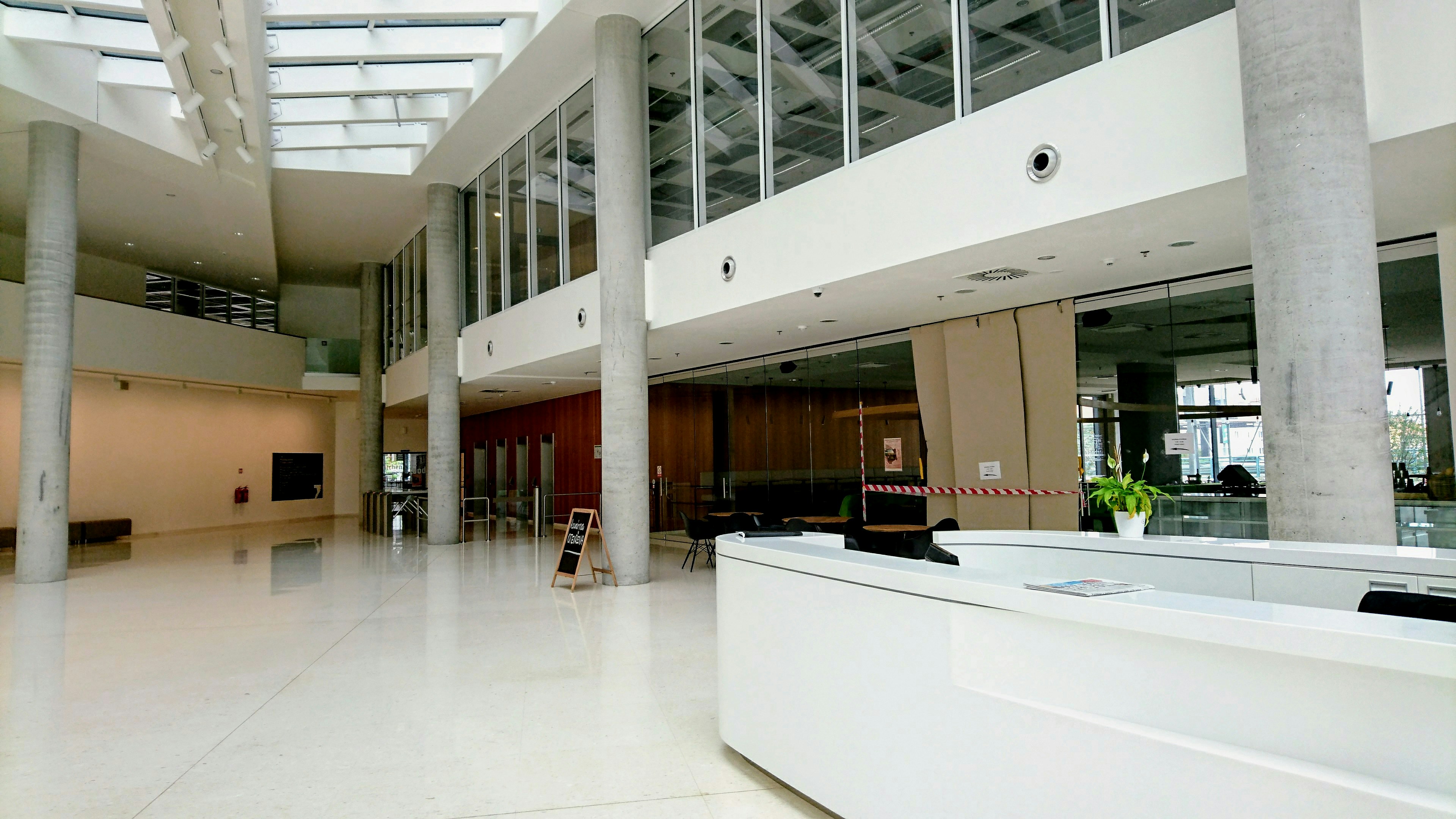泌尿器科における尿路結石に関する会話例と英語フレーズ
泌尿器科では、**尿路結石(Urinary Stones, Kidney Stones)**がよく診察される疾患です。尿路結石は、腎臓、尿管、膀胱に石ができることで、強い痛みや血尿、吐き気などの症状を引き起こします。
この記事では、尿路結石に関連する患者との診察を想定し、特有の会話例と重要なフレーズを学びます。
患者の設定
- 名前: Kenji Yamada (48歳、男性)
- 職業: 営業職
- 主な症状: 急に始まった強い側腹部痛、吐き気、排尿時に血尿がある。
- 既往歴: 数年前に尿路結石の診断歴がある。
- 生活習慣: 水分摂取量が少なめで、忙しい仕事が続いている。
診察の流れと会話例
1. 初診での問診と症状の確認
Doctor: “Good afternoon, Mr. Yamada. I understand you’ve been experiencing severe pain on your side. Can you tell me more about when it started and if you’ve noticed any other symptoms?”
日本語訳: 「こんにちは、山田さん。最近、側腹部に強い痛みがあるとお聞きしましたが、痛みはいつから始まり、他に気になる症状はありますか?」
Patient: “It started suddenly yesterday. The pain comes and goes, but it’s very intense. I also feel nauseous and noticed some blood in my urine.”
日本語訳: 「昨日突然始まりました。痛みが出たり引いたりしますが、とても強いです。吐き気も感じていて、血尿もあります。」
Doctor: “I see. So, you’re having severe flank pain that comes and goes, along with nausea and blood in your urine. Have you experienced any fever or difficulty urinating?”
日本語訳: 「なるほど。側腹部に激しい痛みが出たり引いたりして、吐き気と血尿があるんですね。発熱や排尿困難はありますか?」
Patient: “No fever, but I feel like I have to go to the bathroom frequently, even though not much comes out.”
日本語訳: 「発熱はありませんが、頻繁にトイレに行きたくなる感じがしても、あまり出ません。」
2. 病歴とリスクファクターの確認
Doctor: “Do you have any history of kidney stones or other urinary issues? And how much water do you typically drink each day?”
日本語訳: 「腎臓結石や他の泌尿器系の問題の既往歴はありますか?また、普段、1日にどれくらいの水分を摂取していますか?」
Patient: “Yes, I had a kidney stone about five years ago, but it passed on its own. I try to drink water, but I probably don’t drink as much as I should.”
日本語訳: 「はい、5年ほど前に腎臓結石がありましたが、自然に排出されました。水を飲むように心がけていますが、必要な量には足りていないかもしれません。」
Doctor: “It’s important to stay hydrated, especially if you’ve had kidney stones in the past. Do you take any medications regularly, or have you noticed any changes in your diet or health recently?”
日本語訳: 「特に腎臓結石の既往がある場合は、水分補給が重要です。普段、定期的に薬を服用していますか?最近、食生活や健康状態に変わったことはありますか?」
Patient: “No regular medications, but I’ve been working a lot lately and haven’t been paying much attention to my diet.”
日本語訳: 「薬は飲んでいませんが、最近仕事が忙しくて、食事にあまり気を使っていません。」
3. 検査の必要性と診断の説明
Doctor: “Given your symptoms and history of kidney stones, we’ll need to perform some tests to confirm if you have a urinary stone. We’ll start with a urinalysis to check for blood and infection, and we may also do an ultrasound or CT scan to see if there’s a stone and where it’s located.”
日本語訳: 「症状と腎臓結石の既往歴から、尿路結石があるかどうかを確認するためにいくつかの検査が必要です。まず、尿検査で血液や感染症の有無を確認し、必要に応じて超音波検査やCTスキャンで結石の位置を確認します。」
Patient: “Is the ultrasound painful?”
日本語訳: 「超音波検査は痛いですか?」
Doctor: “No, the ultrasound is painless and non-invasive. It will help us locate the stone and determine its size. If needed, we’ll also do a CT scan, which gives us a more detailed image.”
日本語訳: 「いいえ、超音波検査は痛みがなく、非侵襲的な検査です。これで結石の位置や大きさを確認できます。必要に応じて、より詳細な画像を得るためにCTスキャンも行います。」
4. 尿路結石の治療と管理
Doctor: “If the tests confirm a urinary stone, the treatment will depend on the size and location of the stone. For small stones, we often recommend drinking plenty of water to help pass the stone naturally. If the stone is larger, we may consider treatments like shock wave lithotripsy to break up the stone, or in some cases, surgery may be needed.”
日本語訳: 「もし検査で尿路結石が確認された場合、治療法は結石の大きさと位置によって異なります。小さな結石の場合は、水をたくさん飲んで自然に結石を排出させることを勧めます。結石が大きい場合は、体外衝撃波破砕術で結石を砕くか、場合によっては手術が必要になることもあります。」
Patient: “How long does it usually take for a stone to pass?”
日本語訳: 「結石が排出されるまで、通常どれくらいかかりますか?」
Doctor: “It can take anywhere from a few days to a couple of weeks, depending on the size and location of the stone. In the meantime, we’ll manage your pain with medications, and you should keep drinking plenty of water to help flush it out.”
日本語訳: 「結石の大きさや位置によって、数日から数週間かかることがあります。その間、痛み止めで痛みを管理し、結石を排出しやすくするために、引き続きたくさんの水を飲むことが重要です。」
5. 生活習慣と尿路結石の予防
Doctor: “To help prevent future stones, it’s important to stay well hydrated by drinking at least eight glasses of water a day. You should also avoid foods high in oxalates, like spinach and nuts, and limit your intake of salt and animal proteins. We can also check your urine for crystal-forming substances and adjust your diet based on the results.”
日本語訳: 「将来的な結石の予防には、1日8杯以上の水を飲むなど、十分な水分補給が重要です。また、シュウ酸を多く含むほうれん草やナッツなどの食品を避け、塩分や動物性たんぱく質の摂取を制限することも有効です。尿検査で結晶を作る物質を確認し、その結果に基づいて食事を調整することもできます。」
Patient: “I didn’t realize that certain foods could increase the risk of stones. Should I completely avoid things like spinach and nuts?”
日本語訳: 「結石のリスクを高める食品があるとは知りませんでした。ほうれん草やナッツは完全に避けるべきですか?」
Doctor: “You don’t have to completely avoid them, but it’s best to limit your intake, especially if you’re prone to kidney stones. You can also drink more citrus juices, like lemonade, which can help prevent stone formation.”
日本語訳: 「完全に避ける必要はありませんが、特に腎臓結石になりやすい場合は摂取を制限した方が良いでしょう。また、レモネードなどの柑橘系ジュースを多く飲むことも、結石の形成を防ぐのに役立ちます。」
学習ポイント
- 症状の確認: 尿路結石に関連する症状を確認するためのフレーズを学びましょう。例: “Are you experiencing severe pain on your side or back, and have you noticed any blood in your urine?“(側腹部や背中に強い痛みを感じていますか?また、血尿を見ましたか?)
- リスクファクターの確認: 尿路結石のリスク要因を確認するためのフレーズを学びます。例: “Do you have a history of kidney stones, or do you frequently drink less water than recommended?“(腎臓結石の既往歴がありますか?また、水分摂取が少ないことが多いですか?)
- 検査の説明: 尿路結石の診断に必要な検査を説明するフレーズを学びます。例: “We’ll perform a urinalysis and possibly an ultrasound or CT scan to locate the stone and determine its size.“(尿検査を行い、必要に応じて超音波検査やCTスキャンで結石の位置と大きさを確認します。)
- 生活習慣の改善: 尿路結石を予防するための生活習慣の改善に関するアドバイスも重要です。例: “Drinking plenty of water and reducing your intake of salt and animal proteins can help prevent future stones.“(水をたくさん飲み、塩分や動物性たんぱく質の摂取を減らすことで、将来的な結石を予防できます。)
関連キーワード: 尿路結石, 腎臓結石, 尿検査, 超音波検査, CTスキャン, 結石予防, 英語会話例, 外国人対応



